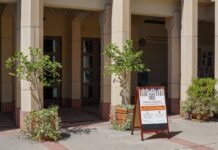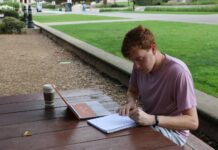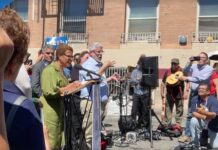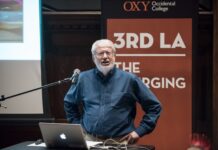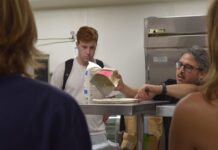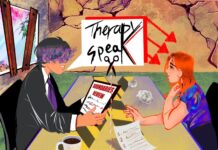Author: Eric Jensen, Managing Editor
With a social structure severely corroded by the effects of Hurricane Katrina, New Orleans’ problems plunge way deeper than physical destruction on the ground. The dilapidation of lower-income neighborhoods and the questionable rebuilding process of the levee system alone are enough to draw skepticism from residents who wish to return, but more complex and pressing than issues of rebuilding structures are those of rebuilding community. With or without a stable source of income and a safe place to stay, the 239,000 citizens who have returned since 2005 still face a lack of legitimate education for their children.
In April 2008, Adam Nossiter of the New York Times published an article documenting the recent attempts made towards restoring school programs for New Orleans youth, noting that the process was hindered by “a bleak social breakdown decades deep.” In a city that has an extensive history of sub-par social programs, new public school superintendent Paul Vallas’ plan for progress is shackled to a long tradition of corruption.
“You take deep poverty and then you compound that by the aftermath of the hurricane, by the physical, psychological, emotional damage inflicted by the hurricane,” Vallas said. After assessing the general well-being of returning students, he formulated a strategy to target their scholastic and emotional requirements, along with basic needs that are not being met within their own homes.
“More than 90 percent of his 12,000-odd students in the Recovery School District, now run by the state, are in poverty, and the vast majority are being raised by single parents,” Nossiter reported. “Some are not even living with guardians.”
Vallas noted that students also arrive to class hungry, and go home without a meal; students in the past have broken into vending machines out of desperation for food. He hopes to modify the program in order to provide kids with three meals a day. “The whole objective here is to keep the schools open through the dinner hour, and keep schools open 11 months out of the year,” he said.
While Vallas is also working on lowering the student-teacher ratio and tightening up educational standards, a letter to the editor from president of the United Teachers of New Orleans Brenda Mitchell criticized his scholastic approach. “One of the most critical problems facing the city’s public schools wasn’t mentioned: a severe shortage of experienced teachers,” Mitchell wrote. “School officials have adopted a “no experience necessary” approach that too often places inexperienced teachers in classrooms that desperately need seasoned veterans.” She closed her letter with an offer to work together with Vallas to provide proper staff members to public schools.
Michael Tisserand, who was living in New Orleans when Katrina hit, published an opinion piece in the Los Angeles Times in August 2007 that explained the importance of restoring the educational system. “Research on kids with Post Traumatic Stress Disorder shows that their stress doesn’t only result from a specific traumatic event such as a hurricane, it rides on the aftershocks,” he wrote. “For many kids in New Orleans, nothing-not their schools, their extended family network, their parents, their friends, their home-is the same as it was.” He touted the value of cultivating a “new normal,” and emphasized that staying away from the city is not an option. “We must go back, again and again. We can’t take our eyes off it. To do so would be to forget, and that would be a disaster.”
This article has been archived, for more requests please contact us via the support system.
![]()


